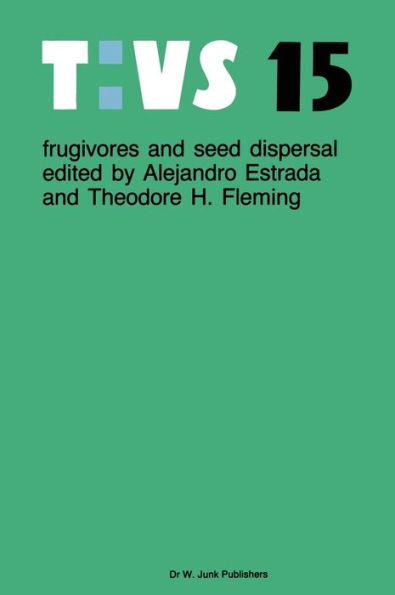5
1
9789061935438


Frugivores and seed dispersal / Edition 1 available in Hardcover

Frugivores and seed dispersal / Edition 1
- ISBN-10:
- 9061935431
- ISBN-13:
- 9789061935438
- Pub. Date:
- 06/30/1986
- Publisher:
- Springer Netherlands
- ISBN-10:
- 9061935431
- ISBN-13:
- 9789061935438
- Pub. Date:
- 06/30/1986
- Publisher:
- Springer Netherlands
329.99
In Stock

Product Details
| ISBN-13: | 9789061935438 |
|---|---|
| Publisher: | Springer Netherlands |
| Publication date: | 06/30/1986 |
| Series: | Tasks for Vegetation Science , #15 |
| Pages: | 392 |
| Product dimensions: | 7.01(w) x 10.00(h) x (d) |
From the B&N Reads Blog
